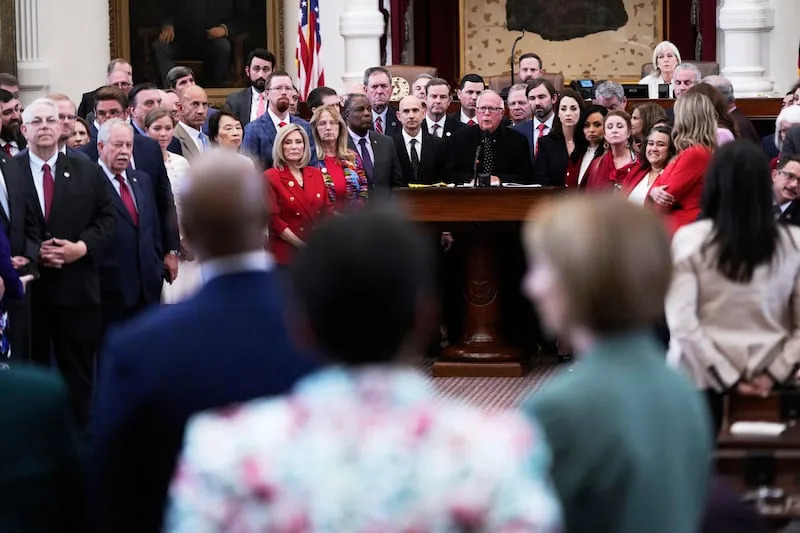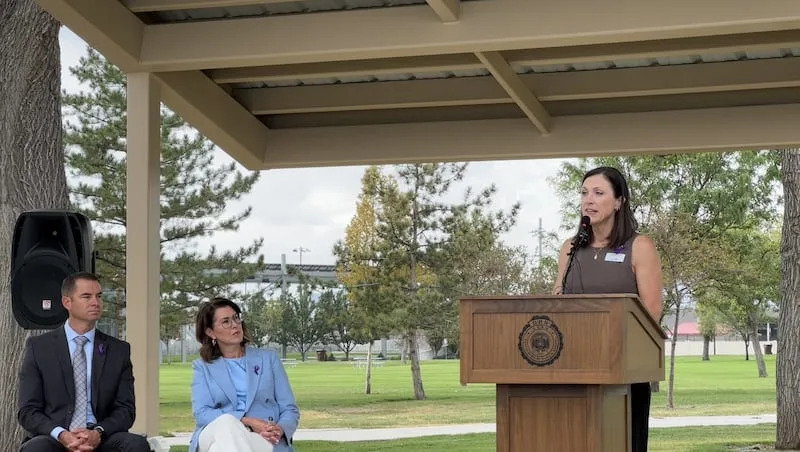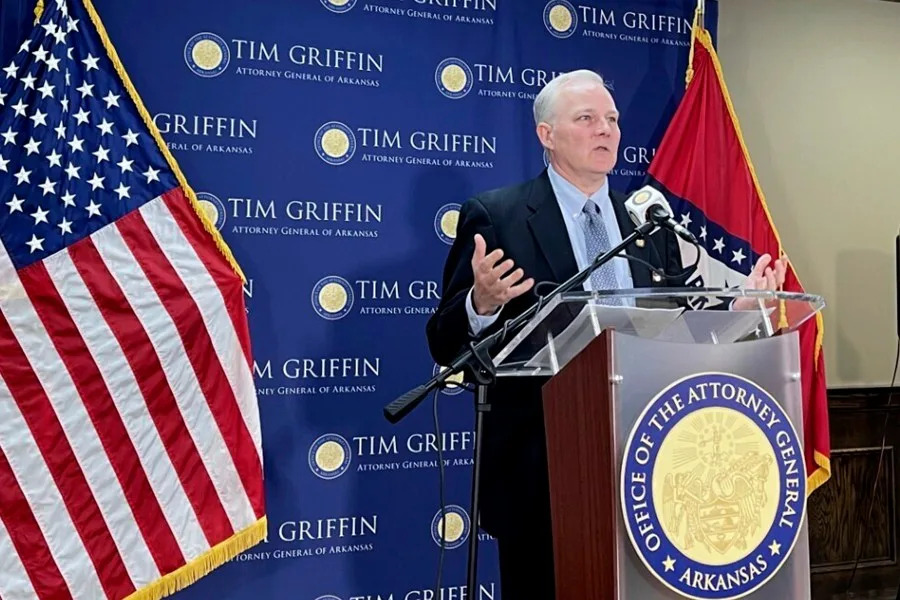
WASHINGTON — Texas Republicans took their first step toward approving a new congressional map after the state House approved the new boundaries on Wednesday night, handing it off to the state Senate for approval. After that, Gov. Greg Abbott could sign off on it by the end of this week.
But California’s efforts to counteract the Republican-friendly districts are not far behind. The Legislature is poised to approve its own map changes this week that could secure them an extra five seats next year — the same number Republicans are expected to flip in the Lone Star State.
California still has a ways to go in making that map a reality, however. The proposal, once approved by state lawmakers, will be on the ballot this November during the state’s special election and it must be approved by voters in order to be used in the 2026 midterms.
Texas, on the other hand, has a much easier task. Once passed by the state Legislature and signed by Abbott, there’s nothing standing in the way — barring legal challenges, of course.
California leaders such as Gov. Gavin Newsom have expressed confidence in their gambit, making their argument that the maps are necessary to level the playing field and “get even” with President Donald Trump.
“We have to stand up. What we’re doing neutralizes what’s happening in Texas,” Newsom said in a press call on Wednesday. “People have a chance with this ballot on Nov. 4 to stand up (for) the rule of law. Stand up for co-equal branches of government.”
Former President Barack Obama threw his support behind California’s efforts on Tuesday at a National Democratic Redistricting Committee event according to reporting by CNN, saying his preference would be no political gerrymandering.
“But I want to be very clear. Given that Texas is taking direction from a partisan White House that is effectively saying: gerrymander for partisan purposes so we can maintain the House despite our unpopular policies, redistrict right in the middle of a decade between censuses – which is not how the system was designed; I have tremendous respect for how Governor Newsom has approached this,” he said.

But even with those two states likely canceling each other out, other states are now getting into the fray as Trump looks to cement his Republican majorities in Congress next year.
One of those states is Indiana, where Republicans already hold a 7-2 advantage to Democrats. All seven of those House Republicans came out in support of redrawing the map on Monday after Trump began looking to the state as another opportunity to secure his majority.
Trump also suggested on Thursday that Missouri “is now IN,” seemingly referring to redistricting. Similar to Indiana, Republicans hold a 6-2 advantage and would seek to eliminate the only two Democrats from the state.
Republicans currently hold a 219-212 majority in the U.S. House of Representatives, a historically slim margin that has often made it difficult for the party to advance legislation even with a Republican trifecta. With control of the White House and Senate, Republicans have enjoyed total control of Washington — something that is at risk next November.
Historical trends show that the party of the sitting president typically loses control of the House during midterm elections. If Democrats manage to flip the House, it would deal a massive blow to Trump and likely thwart his agenda for his final two years.
With the redistricting efforts, it’s still not clear if the maps can truly ensure Republican or Democratic wins in some districts — or if it will just create tossup races in other areas.







Comments